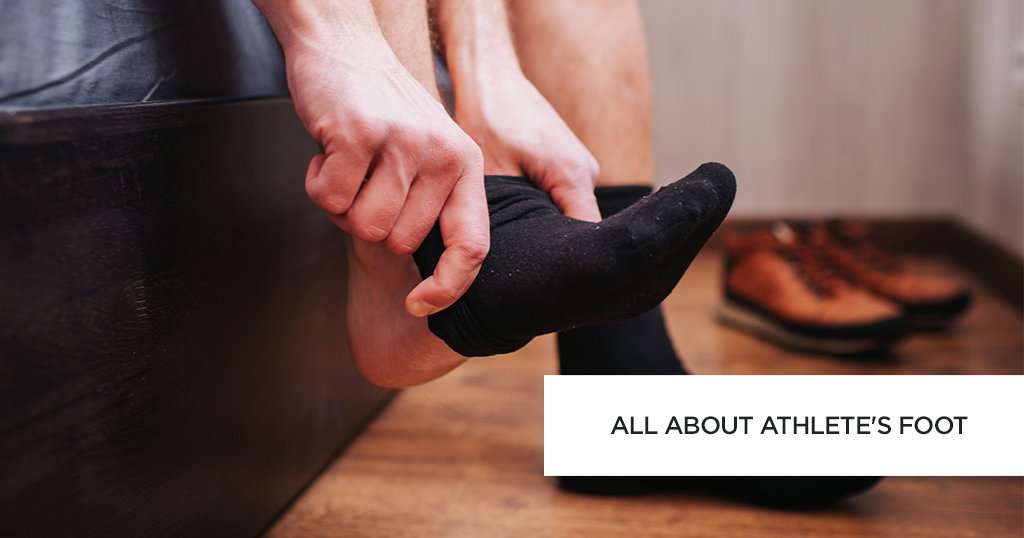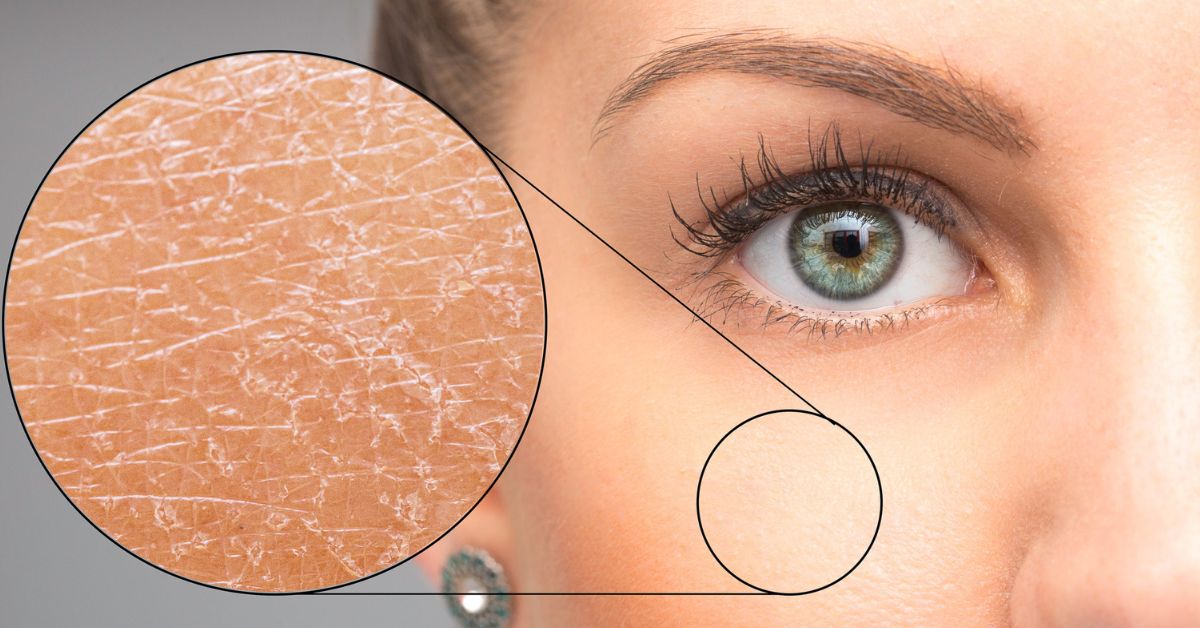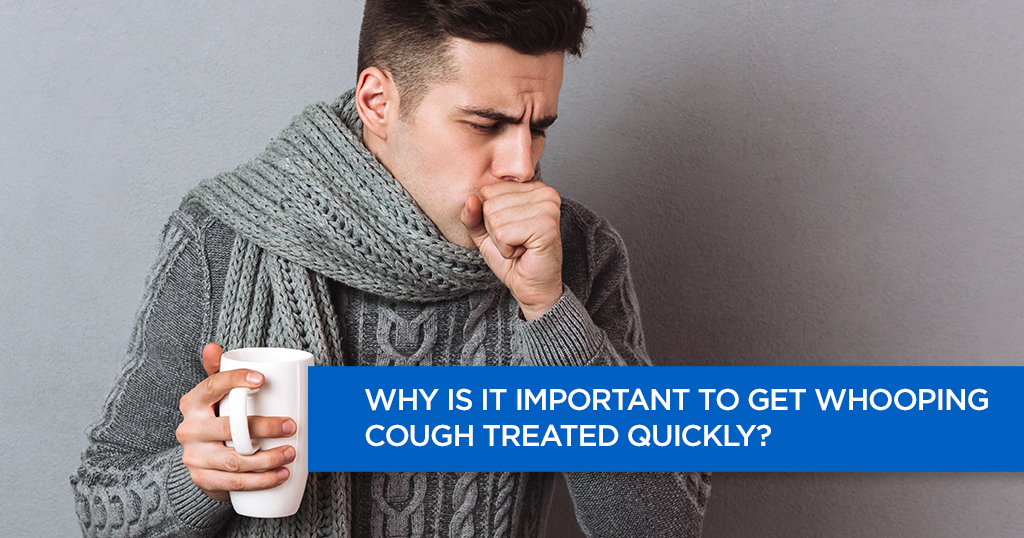All About Athlete’s Foot


Athlete’s foot, also known as tinea pedis, is a form of fungal infection. The fungal skin infection begins in between your toes. The fungal infection will appear if you wear very tight-fitting shoes for the major part of the day. The Athlete’s foot is similar to other fungal skin infections, but it can recur again and again if not treated properly and on time.
About Athlete’s foot
Athlete’s foot is a contagious disease caused by the same kind of fungus that causes jock itch and ringworm. You are more susceptible to a fungal skin infection if you stay in damp socks or shoes for lengthy hours.
The Athlete’s foot fungus increases in hot, humid climatic conditions. You can also contract or transmit the Athlete’s foot disease by sharing mats, bed linens, rugs, and shoes.
You can mistake an athlete’s foot or tinea pedis as eczema or dry skin because it causes a scaly red rash that is itchy. You should consult the doctor immediately if you have diabetes and have developed the Athlete’s foot disease. If you have diabetes, there are chances of secondary bacterial infection as well.
Symptoms
The symptoms of Athlete’s foot include
● Rash: You will notice red, scaly, itchy rashes in between your toes.
● Blisters: You can get blisters in between your toes or on your soles.
● Dryness and scaling: You can experience dryness and scaling on the soles and sides of your sole if suffering from Athlete’s foot.
● Ulcers: Athlete’s foot can lead to painful ulcers or sores. The sores can be full of pus.
Causes of Athlete’s foot
You are at a high risk of contracting Athlete’s foot in the following cases:
● If you regularly wear tight-fitting and damp shoes and socks.
● If you share your shoes, socks, clothes, bed linens and towels with someone infected with Athlete’s foot
● If you live in hot and humid climatic conditions
● If you walk barefoot in public places
Natural remedies and treatment
Your doctor will treat Athlete’s foot by prescribing over the counter anti-fungal sprays, ointments, creams, or powders. If your infection does not heal with the sprays and ointment, your doctor might prescribe anti-fungal pills.
Other than prescribed medications, there are several lifestyles and home remedies that can treat your Athlete’s foot.
● You should keep your foot dry as much as you can.
● You should stay barefoot at home and let the affected area get fresh air.
● You should clean your feet, especially in between the toes after a bath.
● You should wear open toe footwear so that the Athlete’s foot does not spread.
● You should avoid wearing shoes made of synthetic materials like rubber and vinyl.
● You should change your socks regularly. If your feet get extra sweaty, you must change your socks even twice daily.
Precautions
● You should not share your socks and shoes with anyone.
● You should not touch any other part of your body after scratching the area infected by diseases like Athlete’s foot. This could lead to infections in other parts of your body.
● Your fungal infection can spread to your groin through hands or towels. You should use separate towels for wiping the infected area and the body parts of your body.
● You should avoid visiting public places barefoot. It increases the chances of contracting and transmitting the infection.
Frequently Asked Questions (FAQs)
- What will happen if an athlete’s foot is left untreated?
Athlete’s foot is not a very serious or life-threatening disease. But it can be stubborn if you do not treat it . It can take weeks to heal and can recur. It can also spread to your hands and groin if you touch them after touching or scratching the affected area.
- Does hand sanitizer kill Athlete’s foot?
You can best treat the Athlete’s foot with anti-fungal creams and sprays. But you can also use a hand sanitizer to clean the affected area as hand sanitizers contain isopropyl alcohol, which is effective on fungus, bacteria, and viruses. But you should consult your doctor before using any hand sanitizer on the Athlete’s foot.
- Should I wear socks to bed with an athlete’s foot?
No, you should not wear socks to bed with an athlete’s foot. When you are at home, you should leave the affected area dry and open. You should let the area receive fresh air.
- How long does it take to get rid of an athlete’s foot?
Your Athlete’s foot generally goes away in two weeks. Though you should continue the medicine for as long as your doctor has prescribed as the infection might recur if you neglect the treatment.
© Copyright 2024. Apollo Hospitals Group. All Rights Reserved.
 +91 8069991061
Book Health Check-up
+91 8069991061
Book Health Check-up







